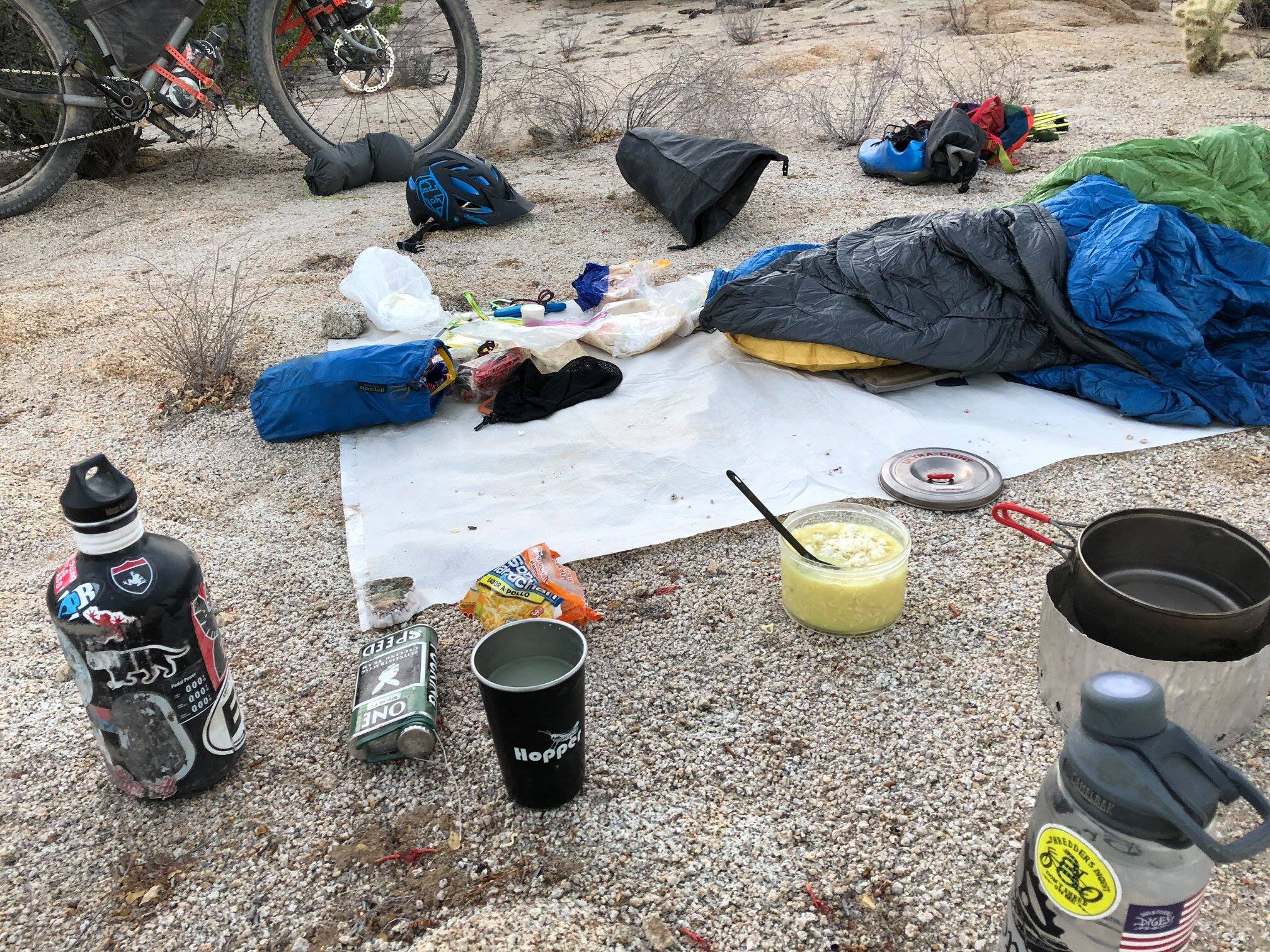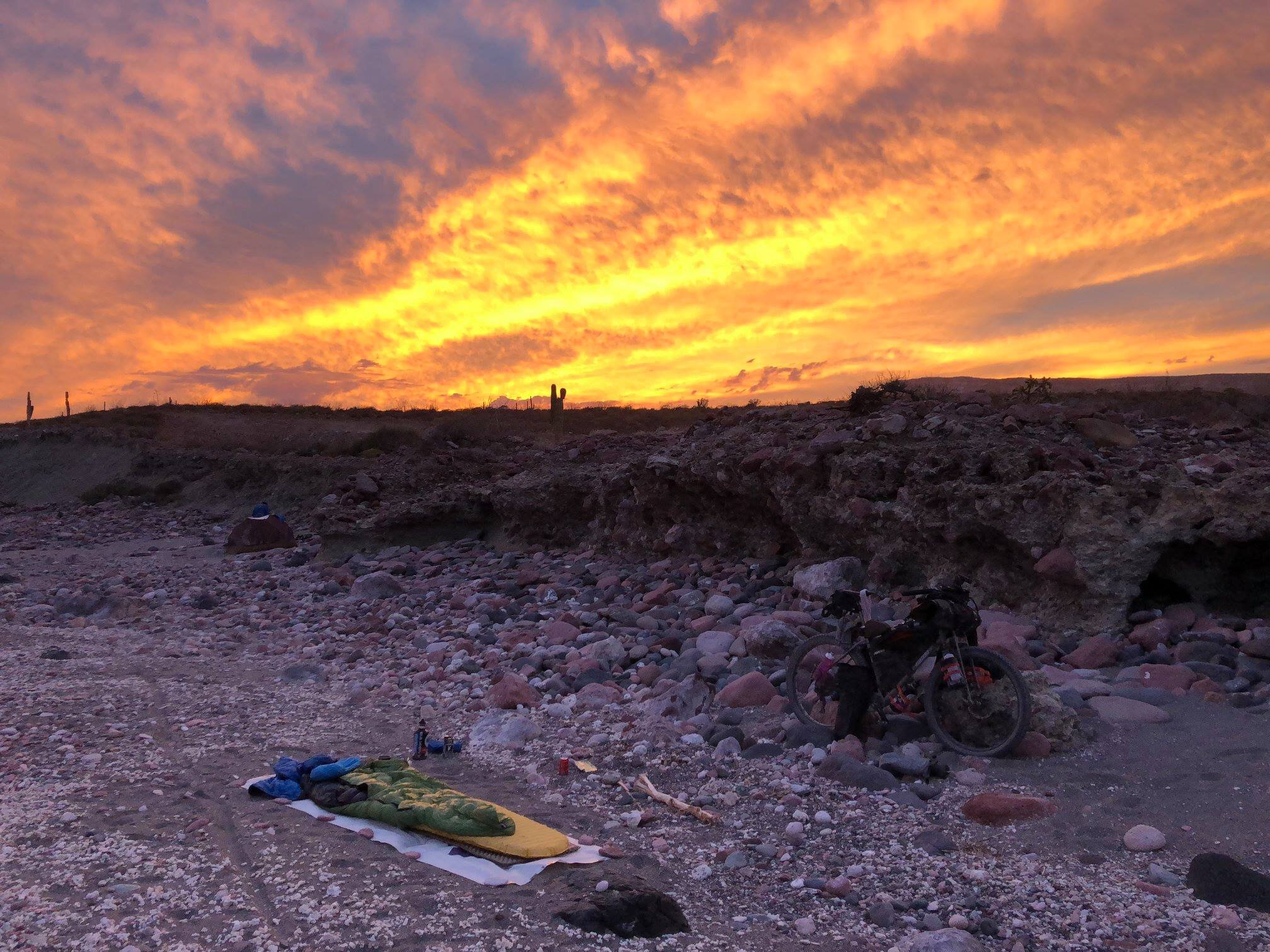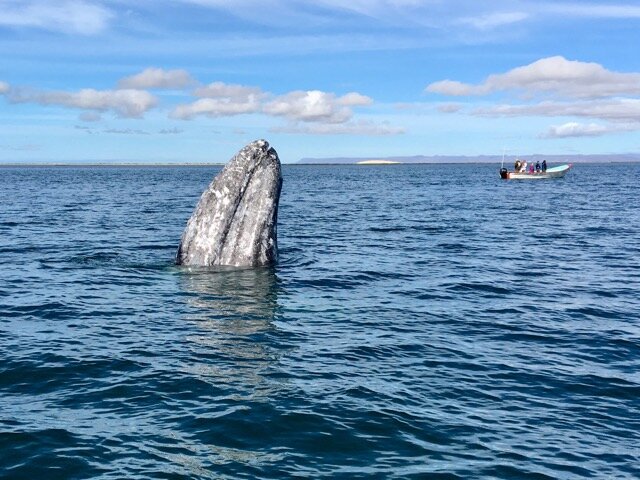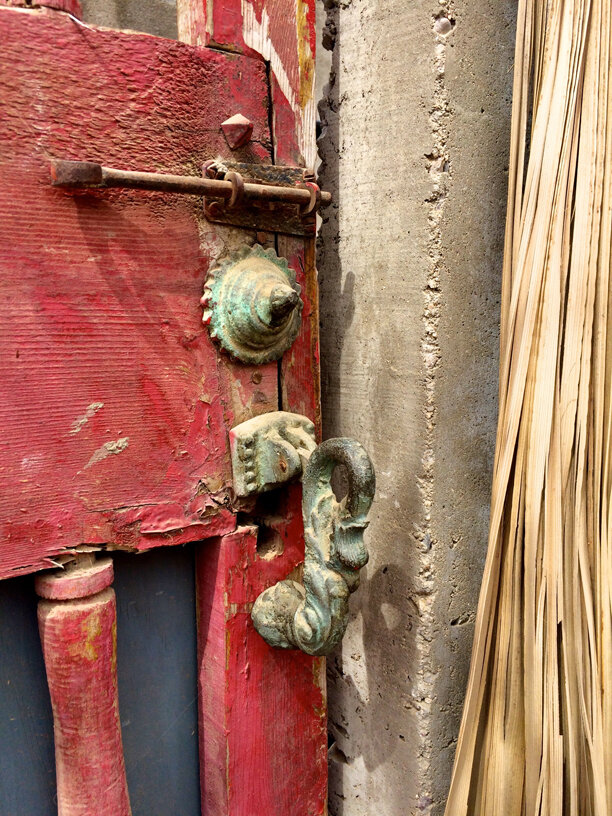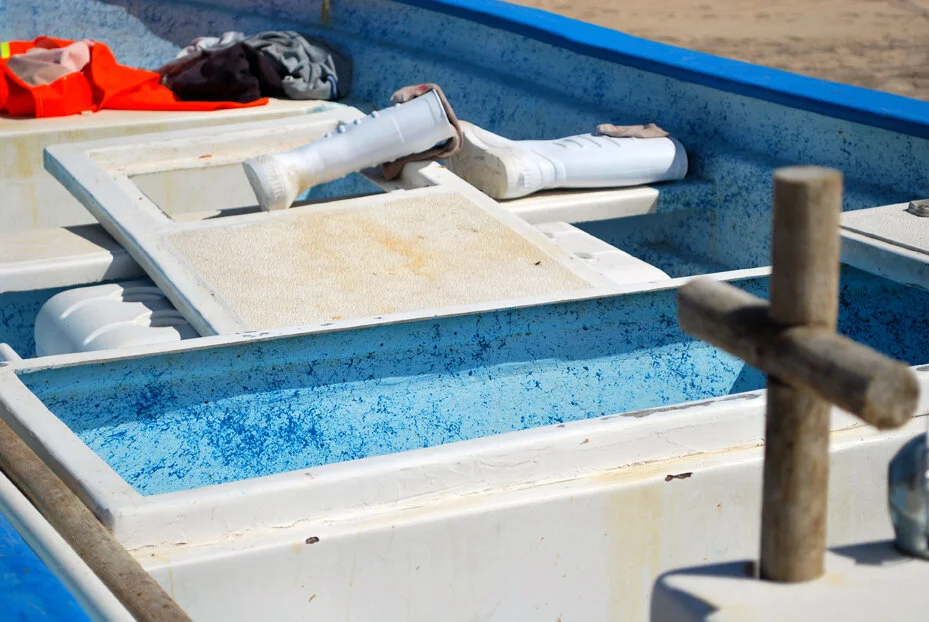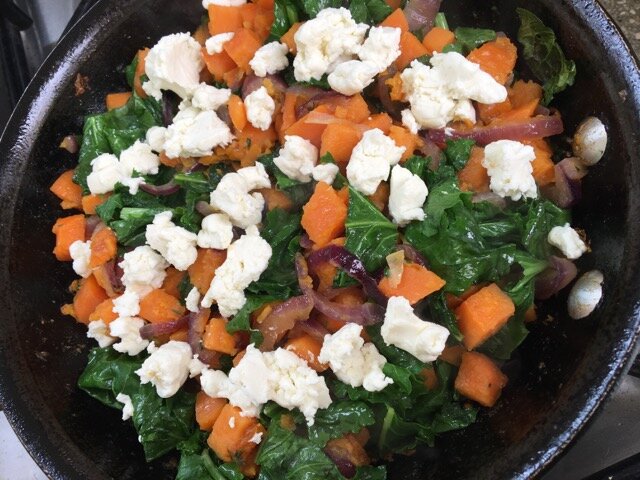It was a cold and foggy Wednesday in January. The steam was rising from our bodies as we pushed over the final climb from Mill Valley to Four Corners. Awaiting our arrival was a parade of cyclists lit up like Christmas trees. They wore white hot headlamps, blinking red taillights, helmet lights front and rear, jackets and vests with a dizzying array of reflective tape, and spinning spoke lights in every color of the rainbow. Safety had risen to an entirely new level on those chilly, after-dark workouts. The anticipation was mounting as we awaited the arrival of our coach. We all knew that he was going to put the hurt on us, and this was destined to be a particularly painful night.
“How many laps do you have to do tonight?”
“Only three. How about you?”
“Coach thinks I’m ready for four.”
“Ouch. Good luck with that, Sheila.”
The night was magical, the moon full and bright. The fog rolled across the ridge but the valley was clear and still. One by one we doused our lights as we approached each lap of the climb, riding by the light of the moon, serenaded by a symphony of frogs and crickets. The first three ascents had been nearly effortless, one of those perfect workouts. Then I reached a 12% grade followed by a 16% hairpin, about halfway up my fourth and final lap. It was then that the grunting and whimpering began. I was out of my saddle, trying to use every ounce of my body weight to get those dang cranks turned over. “I…just…can’t…do…it,” I whined.
“Everyone – off your bike!” my coach bellowed.
Together, we walked the steepest portion of the climb, remounting just before the last hairpin to ride the final stretch. Everyone let me lead the pack over the final pitch of what would be my first, and last, four-lap night. It was my victory lap, bittersweet for the section walked, but a victory nonetheless.
Our winter training regimen included a weekly nighttime fixed-gear group ride that descended Highway One west of Mill Valley, passed the Pelican Inn and the turn off to Muir Beach, before turning onto the twisty-turny false flat uphill Muir Woods road, culminating in the 1.6 mile climb back to Four Corners -- a climb with an 8-10% average grade, and occasional pitches of up to 15%. After that winter’s regimen, I was finally able to pedal in circles rather than squares; I could climb almost any hill, with ease, in the comfort of my saddle; and my normal cadence approached 100 rpms. Best of all, my mashing-induced knee pain had vanished.
I’ve heard many people dismiss fixed gear bicycles on the road as something for bike messengers, bike polo aficionados, and hipster poseurs. In truth, a fixed gear bike equipped with front and rear brakes is an incredible training tool. The beauty of a fixed gear lies in its simplicity. Relieved of the need to shift, you can focus your attention on a smooth pedal stroke, something a fixed gear forces you to do unless you like bouncing on your saddle, bumping your private parts with every stroke. The bikes are stealth machines, silent, devoid of the click, shift, and whir of derailleurs. Equipped with a beefy BMX chain, they are nearly maintenance free, especially on dirty wet pavement, free of cogs and pulleys, cables and fragile chains. This is one bike you can comfortable hose down, dry and lube the chain, and it is ready for another beating. And counterintuitive-but-true, but climbing on a fixed gear is often easier and faster than a geared bike. You don’t have the option of easier and easier gears, the powerful up-stroke kick propels each leg up and over, and on a steep climb you have to keep your momentum or you might be standing stock-still in the middle of the climb, just before you tip over and are lying in the middle of the road still clipped in. The most important thing to remember about fixed gears is that you cannot coast. My first outing I forgot this cardinal rule and attempted to coast the first descent. Of course, my bronco nearly bucked me and, “don’t coast, don’t coast, don’t coast” became my new fixed gear mantra.
The Equipment
You’ll need a fixed gear bike with front and rear brakes and a gear ratio around 67.5 gear inches. This equals a 42 X 16 or 42 X 17. The brakes and the gear are critical for a couple reasons. The goal is not to blow your knees out by pushing too hard of a gear or by using your legs to stop your machine. You want to use your brakes to keep your cadence at a manageable speed and to stop you in case of emergency. For climbing, you want a gear that you can turn over and get yourself up the hill.
These days it’s surprisingly easy to convert an old road bike into a new fixed gear. There are many websites that tell you how to do this. Sheldon Brown is one of the old-school gurus, and a trusted source of information for all things bike. You can check him out here. If you have the mechanical skills and patience, you can do it yourself. If you are like me, your local mechanic can help set up your new toy. I was fortunate to have a few bike geek friends; one found me a classic old Fuji Roubaix that had vertical dropouts, another gave me his gently used flip-flop rear wheel (fixed on one side and freewheel on the other, but I love the fixed side so much that I have never flipped it), a third friend put it all together for me. The entire bike cost me less than $200.00, but if you are jonesing for the beautiful new Blue Chinook, this might be just the excuse you need to transform your current road bike into a fixie and put your down payment on a new steed!
If you plan to attempt this feat at night, I strongly recommend a good headlamp, taillights, reflective clothing, and any other light that will enhance your visibility.
The Terrain
Pick a 10-12 mile loop or out-and-back with a 1.5-2 mile climb averaging 8-10% and a flat recovery section between the descent and the ascent.
The Exercise
Descent: The goal is to pedal as quickly and smoothly as possible. When you first attempt fixed gear descending you will find yourself bouncing uncontrollably in the saddle. The key is to use your brakes to slow the bike enough that your cadence can keep up with the rear wheel revolutions. Over time, you will find your legs spinning faster and faster while your butt remains firmly planted on the saddle.
Flats: This is your opportunity to recover, which you’ll need because fixed gear descending is deceptively challenging, much more difficult than coasting. The flat recovery section also gives your body the chance to commit the increased leg speed to muscle memory.
Ascent: you can think of this portion as a (seemingly) never-ending series of single leg squats or leg presses. Most of the climbing will be seated, unless the grade becomes too steep or you are so worked that you need the weight of your entire body to turn over the cranks. You want to rely on your core to quiet the motion of your body and focus all your energy on your legs, smoothly turning over the cranks, focusing as much energy on the down-stroke as on the up-stroke.
Duration
You should plan on 1.5-2 hours, plus warm-up and cool-down. Challenge yourself to complete one additional ascent each month.
Don’t be surprised if your fixed gear bike becomes your go-to off-season bike. In addition to being an amazing training tool and a low-maintenance inclement weather bike, fixed gear riding is surprisingly, counterintuitively, exhilarating fun. And when you do get back on your Blue Chinook (or other race bike), you’ll be surprised at how you can fly.




















